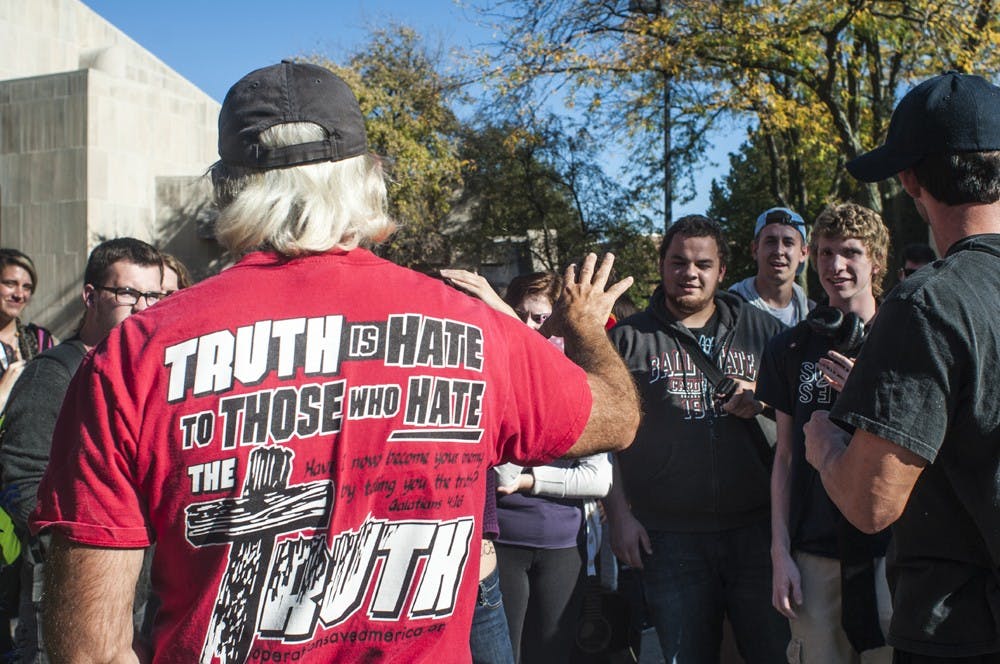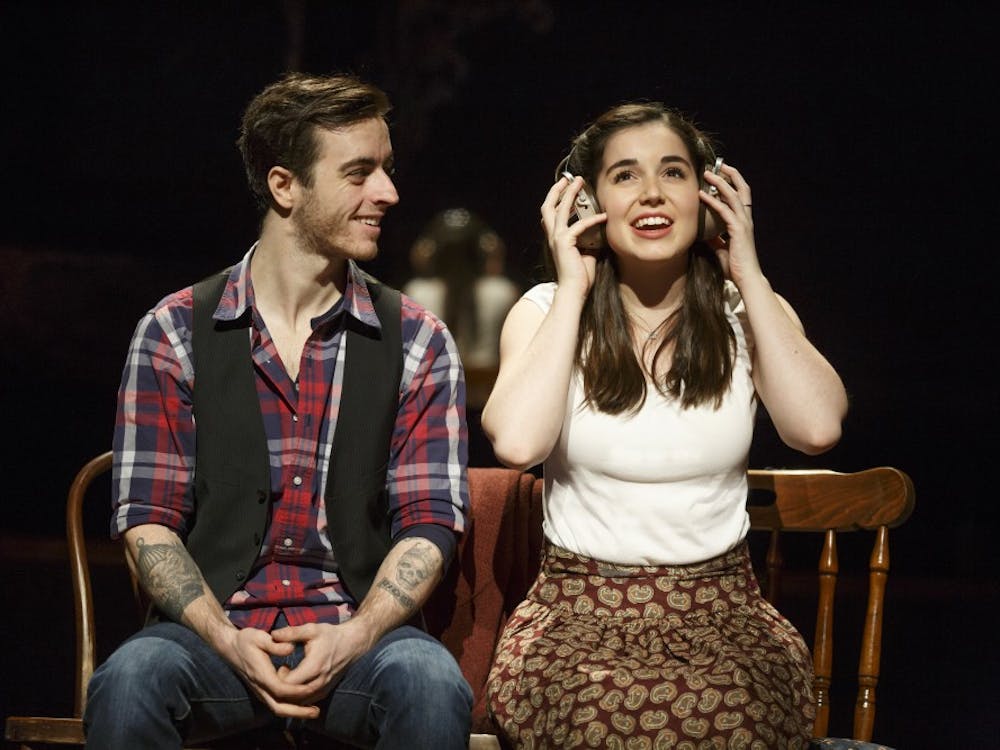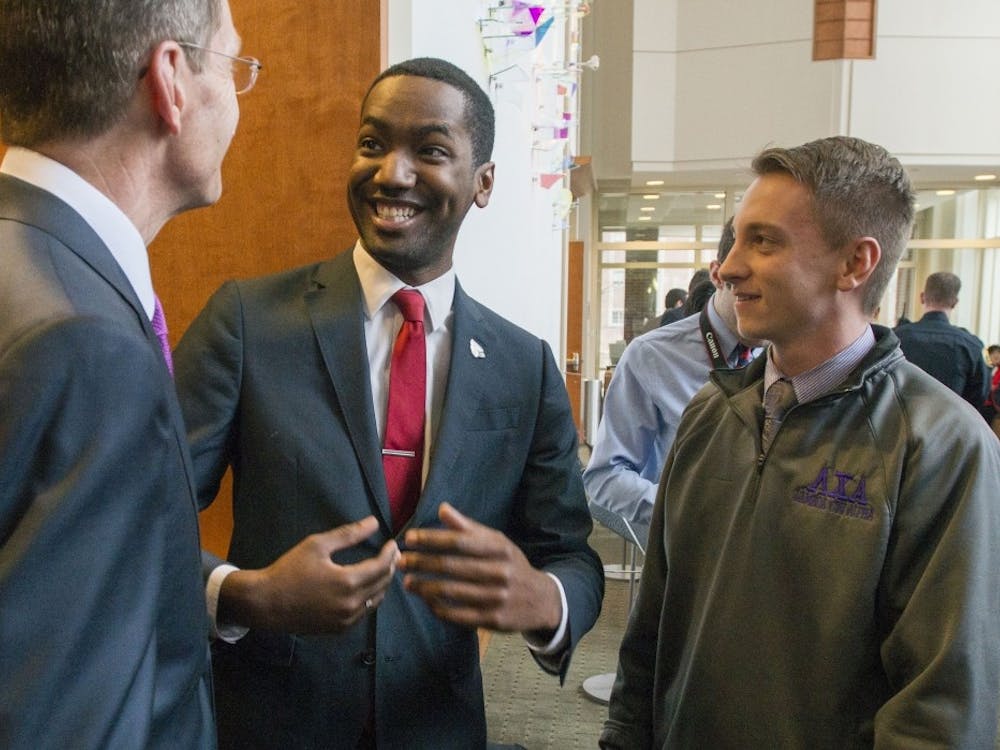The gray areas in university policies regarding protests are minimal but intentional, said an administrator involved in policy development.
The policy was brought into question when Missionaries to the Preborn, an anti-abortion organization, protested on campus Oct. 9.
Lynda Wiley, assistant to the vice president for student affairs, said the policy for holding signs is clear, but it’s still vague enough to allow the university room to decide what is best for students.
“We have the obligation and the responsibility to say we can dictate some parameters,” she said. “Not to lessen the [freedom of] speech, but to make sure students can go to class and that we can conduct business as we need to.”
Kevin Kenyon, associate vice president of facilities, was one of the administrators to work with the protesters.
He said some of the problems the university had were because one of the policies is new.
The policy regarding demonstrations on campus, Appendix N — Use of University Property for Expressive Activity, is less than a year old.
“Since this … policy was developed last year, we really didn’t have a separate policy for it,” Kenyon said Oct. 9. “It was sort of a paragraph in the student rights manual. It was broken out as a policy.”
In respect to the signs, Wiley said the policies boil down to one main concept.
“It needs to be a temporary [structure],” she said. “It’s less about inches or specific size and more about whether it’s temporary and … lets students go to class.”
She said the policies for protests don’t have much wiggle room.
“Our goal is to make sure that people can understand what can be done, what can’t be done and how we make those decisions,” Wiley said.
She said the policy is a balance between freedom of speech and the priorities of the university.
“The policy is pretty clear, and I think we have a good precedent on what we can and can’t do,” Wiley said.
Wiley said she thinks administrators will make decisions with good intentions.
“Our policy does allow for speech to happen and reasonable limits to be in place,” she said.
While classes and university business take priority, Wiley said that doesn’t leave demonstrators without their rights.
“The courts have been very clear that just because speech is distasteful or offensive, it’s still protected under the First Amendment,” she said, alluding to the signs the Oct. 9 protesters held featuring mutilated fetuses.
Jennifer Jones-Hall, assistant vice president for student affairs and director of student life, also dealt with the protesters.
She said the university straightened out how to properly deal with protests and is prepared if the situation arises again.
“I think [Oct. 9’s] events were good for our campus to re-look at our policy, reread it again and get on the same page,” Jones-Hall said on the day of the protests.





